Wholesale Cheap Replacement Aftermarket Car Parts
car parts, car parts wholesale, aftermarket car parts, auto car parts, replacement car parts. Quick customized on aftermarket car parts,just send us original samples or drawings.
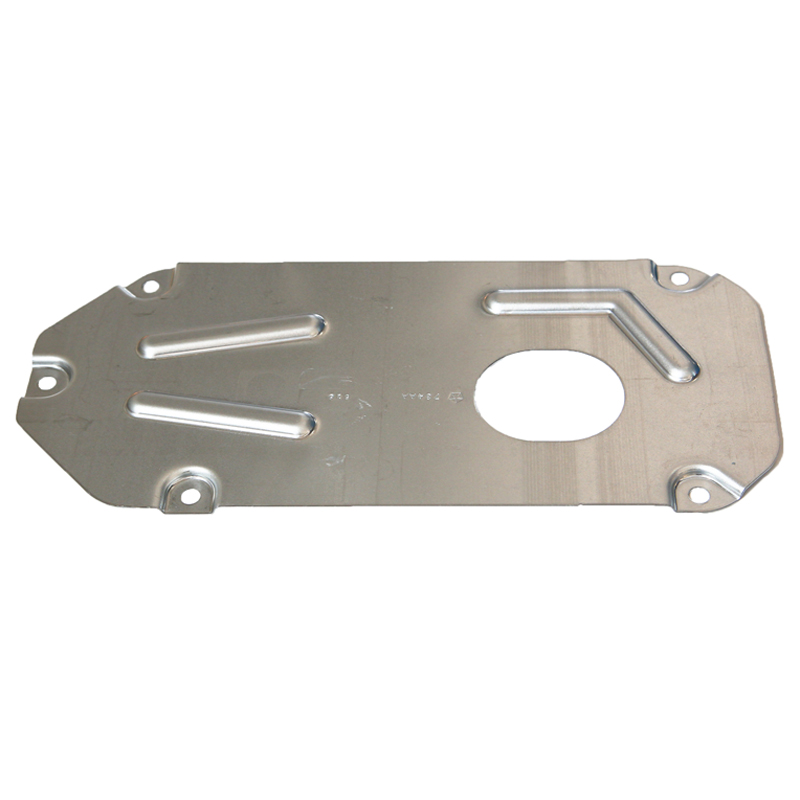
car parts, car parts wholesale, aftermarket car parts, auto car parts, replacement car parts. Quick customized on aftermarket car parts,just send us original samples or drawings.
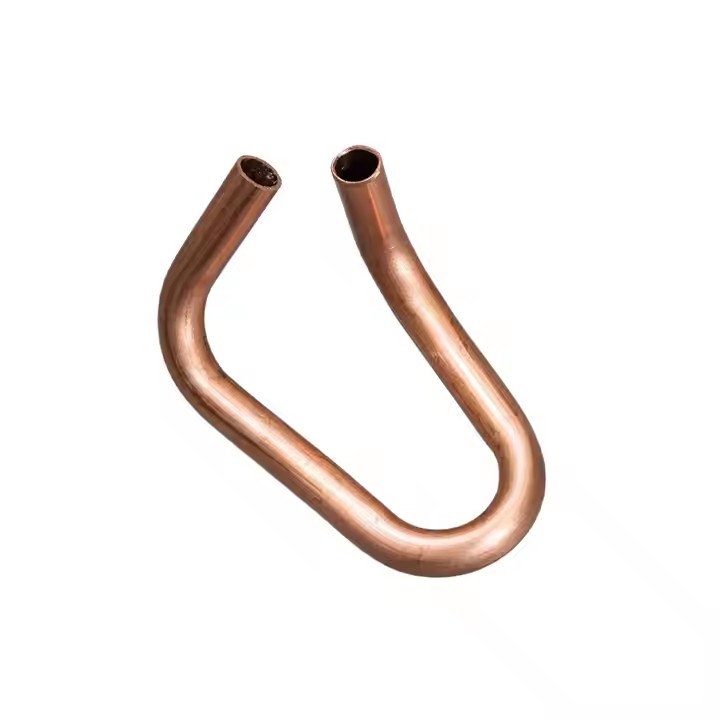
CNC bend factory provide cnc metal tube bending service CNC bending factory made in China Our factory provide cnc tube bending service CNC bending service available CNC Bend OEM Best quality cnc metal bending
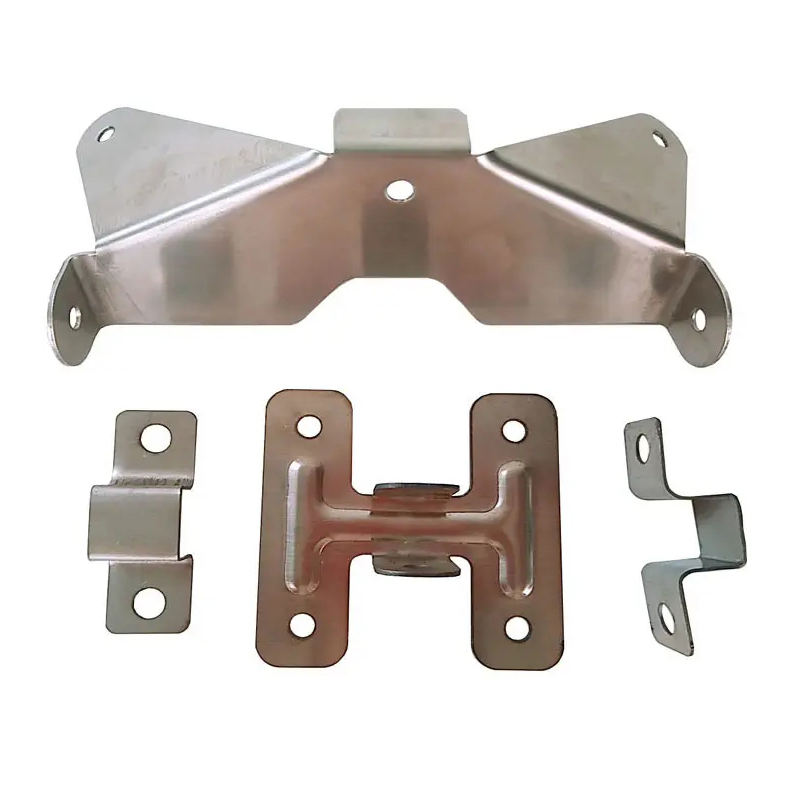
Provide OEM ODM service for metal stamping,stainless steel stamping. Our factory has over 25 years of experience in precision sheet metal stamping. High volume metal stamping with factory price. High precision metal stamping made in China.
Metal Steel Fabrication And Welding
Steel fabrication and welding are integral parts of many industries, including construction, manufacturing, and infrastructure development.
Welding and metal fabrication are two crucial processes in the manufacturing and construction industries. They often work hand-in-hand, but each has its own set of techniques and specialties. Here's a quick overview of both:
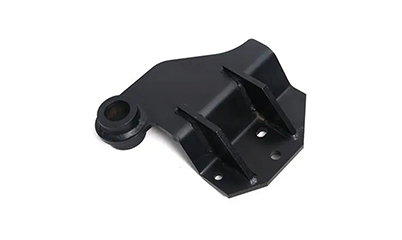
Metal fabrication is a broader process that involves cutting, bending, shaping, and assembling metal components to create structures or products. It's often a multi-step process that includes:
1. Cutting: Using tools like saws, shears, plasma cutters, or lasers to cut metal sheets, rods, and other forms of metal into specific shapes.
2. Bending/Forming: Involves shaping metal using presses, hammers, and other tools. This might involve bending sheet metal or forming more complex shapes like pipes or beams.
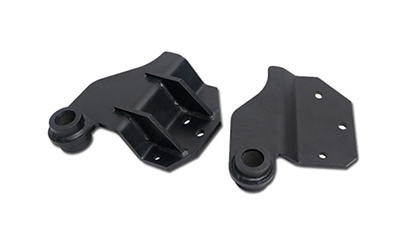
3. Machining: Processes like drilling, milling, and turning to shape metal parts. These processes are often used to create more intricate details.
4. Assembly: After the parts are fabricated, they may be welded, riveted, or bolted together into the final product. This could be anything from a simple metal frame to an entire structure like a bridge or a piece of machinery.
5. Finishing: This could include processes like painting, coating, or polishing to protect the metal or improve the appearance of the final product.
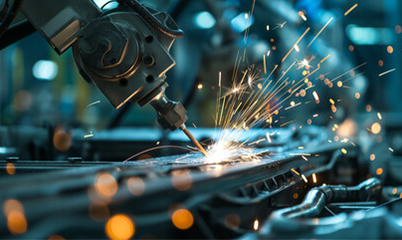
Welding is the process of joining two or more metal parts by applying heat, pressure, or both, often with a filler material, to create a strong bond. There are several types of welding techniques, including:
1. Arc Welding: Uses an electrical arc to generate heat. It's common for general repairs and structural work.
MIG (Metal Inert Gas): Uses a continuous wire feed and a shielding gas (usually argon or CO2) to protect the weld.
TIG (Tungsten Inert Gas): Uses a non-consumable tungsten electrode and a filler material. It’s great for precise work.
Stick Welding: Uses a consumable electrode that melts to form the weld. It’s versatile and works in most conditions.
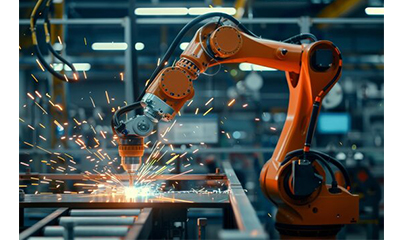
2. Oxy-Acetylene Welding (OAW): Uses a flame fueled by oxygen and acetylene to heat the metal for welding. It’s often used in repairs and for welding thin materials.
3. Laser Welding: Uses a high-powered laser to melt and join materials, often used in high-precision industries like aerospace and medical device manufacturing.
4. Plasma Arc Welding: Similar to TIG but uses a plasma torch. It’s used for precise welding of thin to medium thickness materials.
Applications of Welding and Metal Fabrication
Construction: Creating structural components for buildings, bridges, and infrastructure.
Automotive: Fabricating and welding parts for cars, trucks, and other vehicles.
Aerospace: Precision welding and fabrication of parts for aircraft and spacecraft.
Manufacturing: Producing machinery, tools, and equipment.
Art: Sculpting and creating decorative pieces using welding and metal fabrication techniques.
Are you looking to learn more about a specific technique or application, or are you working on a metal project yourself?